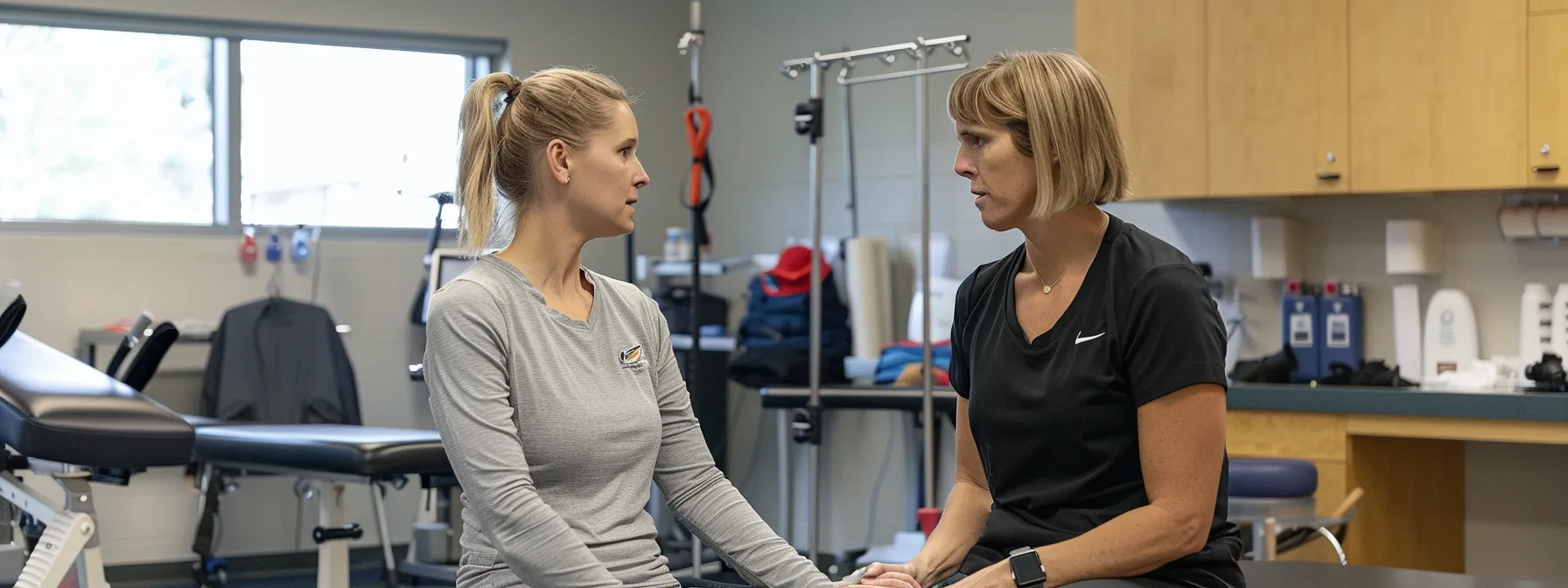The journey of recovery following a mastectomy and breast reconstruction is a deeply personal and physical challenge for many women. Physical therapy plays a crucial role in this process, aiming to restore function, improve mobility, and alleviate pain. Expertise from trained physical therapists can guide patients through tailored exercise regimens and techniques designed to facilitate healing. Understanding the full spectrum of benefits that physical therapy provides can significantly enhance a patient’s quality of life post-surgery. In this article, we will explore how physical therapy aids in recovery, delve into specific exercises and techniques, and examine the long-term benefits for patients.
Understanding the Role of Physical Therapy in Post-Mastectomy Recovery
Following a mastectomy, patients often experience a range of physical limitations and discomfort. Physical therapy is implemented to help manage these symptoms and to rehabilitate the body. The primary goal is to regain strength and flexibility, particularly in the upper body, which is crucial for daily tasks and overall well-being.
A therapist’s involvement starts as soon after surgery as it is deemed safe, often within a few days. They provide not only therapeutic exercises but also essential education on wound care, the maintenance of drains, and safe movements to prevent injury during the initial healing phase.
A notable aspect of rehabilitation is the inclusion of breast reconstruction rehabilitation, which often involves an extensive physical therapy program to specifically support the nuances of recovery from this surgery. Access to expert care in this field can significantly enhance the long-term outcomes for patients.
Optimizing Healing and Mobility After Breast Reconstructive Surgery

Healing after breast reconstructive surgery can be optimized through diligent physical therapy. As the body adjusts to changes, it’s critical to gently work towards restoring a full range of motion. This is particularly pertinent for shoulder and arm mobility, which may be significantly impacted post-surgery.
Therapists employ gentle stretching and strengthening exercises that not only promote healing but also aid in preventing stiffness and contracture formation. It is during these exercises that patients are often encouraged to stay within a pain-free range to mitigate any setbacks in their recovery.
Customized mobility routines also support better posture and alleviate compensatory strategies that might lead to further imbalance or discomfort. This is especially important as patients learn to adjust their movements to accommodate changes in their bodies.
Adherence to a prescribed exercise regimen also contributes to a faster return to normal activities and work. Therapy plans are continuously evaluated and adjusted to correspond with the healing progress, ensuring that each patient receives a personalized treatment approach.
Techniques and Exercises Used in Breast Reconstruction Rehabilitation

Physical therapy encompasses a variety of techniques and exercises designed to support the healing process. Initially, therapists often focus on light range-of-motion activities to prevent stiffness and scar tissue buildup. As patients progress, they may introduce more dynamic exercises to build strength and resilience in the affected areas.
Manual therapy techniques such as massage can be utilized to promote soft tissue health and reduce scarring. It’s also common for patients to engage in guided stretching to maintain flexibility and manage discomfort.
For specific and more complex needs, such as the presence of lymphedema or specialized flap techniques, therapists might use advanced exercises and modalities. This includes aquatic therapy and pneumatic compression to address swelling and improve lymphatic drainage.
Addressing Scar Tissue and Lymphedema: Physical Therapy Interventions
Developing scar tissue and lymphedema are common concerns for breast reconstruction patients. Physical therapists play a pivotal role in mitigating these issues. Through targeted interventions and consistent therapy, patients often observe a marked improvement in both the appearance and the discomfort associated with scar tissue.
Manual lymph drainage techniques are particularly beneficial for those dealing with lymphedema. Coupled with compression therapies, these methods help to manage swelling and prevent chronic complications. A well-designed exercise program further aids in promoting circulation and lymph flow.
Educating patients on how to self-manage these conditions at home is another critical aspect of physical therapy. Techniques such as self-massage and proper fitting of compression garments empower patients to take an active role in their recovery process.
Physical therapy is a cornerstone in the multidisciplinary approach to breast reconstruction rehabilitation. By addressing immediate post-operative needs, facilitating long-term healing, and promoting health education, physical therapy significantly contributes to a patient’s return to a fulfilling life after surgery. With the guidance of skilled professionals, patients can look forward to reclaiming their strength, mobility, and confidence.
